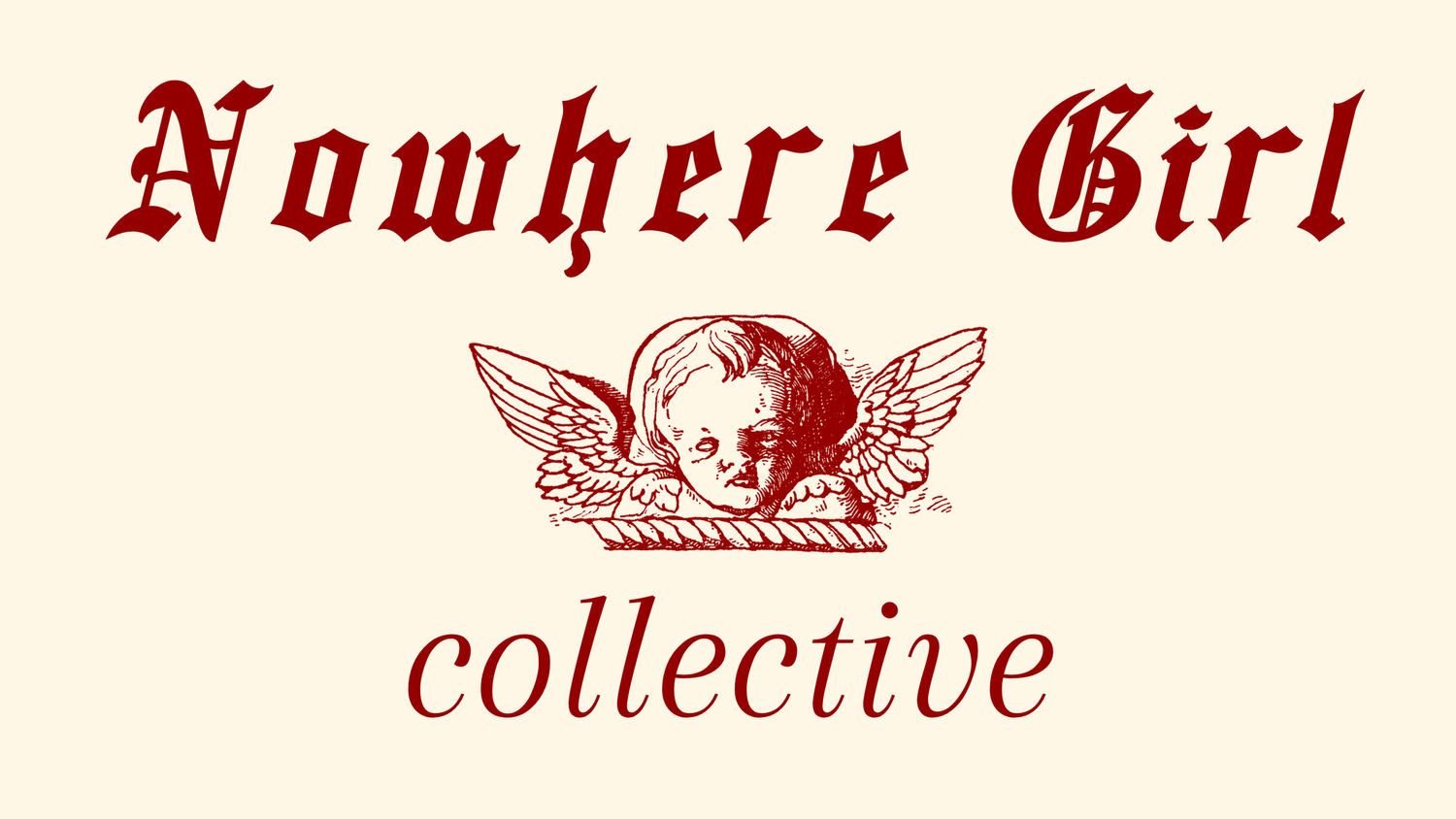MARIA LOVES IN EMBROIDERY
I love you so much, I will dedicate hours of my day to you. I love you so much, I will force my eyes on a minacious task for you. I love you so much, here’s a handkerchief. That is how you love in the region of Minho, in the North of Portugal. When life was consumed by agriculture and the passing of the seasons, times were difficult but the people were simple. Men wore linen shirts and hats that protected them as they spent their days working in the vivid green fields. Women let kids hide under their many skirts, shielding them from everything evil. Children make their own toys, they own fun. Sticks, rocks, ponds, animals, everything is a game and tells a story. They were listening. They understood. They knew everything.
Sunday was a sacred day, where every man, woman and child got together at the local church. They get married, they join fortune. And from then on, they carry each other, they pray together. For a strong soil, for a strong uterus. Many fields to feed kids, many kids to help in the fields. While boys guide sheep up the hill, carry heavy machinery and give their spine away for food, the girls learn how to give their all away for a home. Not a house, a home. Here’s how you make the most of what you have, girl. Here’s how you pray for the health of your husband and kids. Here’s how you stay sacred. Here’s how you love. Pick up this needle, embroider your heart out.
When a woman of Minho loves a man, she sits in her house for hours. She picks up a delicate square of linen and she chooses bright colours, the brightest she can find. She draws hearts, locks, flowers. Everything she finds beautiful. While the colourful threads dance with the fabric, a poem appears. With the best of her abilities, she tells him how she feels. She’s the one pursuing. Next to a little bird she embraided, she writes that her love for him will last until that same bird flies away. If she draws a key, she tells him that’s the way to open her heart. She’s never been to school, so the handkerchief is decorated with misspellings. She writes how she talks, northern accent and all. That piece of fabric is her. She turns herself into a poem, and linen and thread. She loves.
The rest is for destiny to decide. At the mass, if the man wears his kerchief on his Sunday best, they will stand before God and unite all they have. If not, she may lay her head on her pillow, or the vivid green fields, and cry for a little. But she will never be alone. Someone will wear her embroidered handkerchief proudly. And for years to come, many girls will take that piece of fabric and yearn to love like that. Centuries later, we copy her incorrect writing, her faded colours and we hang them in our house. They are called “lenços dos namorados”. They’re not exchanged anymore, and they stay safely kept in many houses. The story of a region, of girlhood, of a feeling. Who would wear my embroidered handkerchief?
AUTHOR’S NOTE: I'm from a small village in the north of Portugal called Vila Verde, where the subject of my essay is said to have been born. They are called lenços dos namorados and I encourage you to search the history of them. Girls would embroider love notes in square pieces of linen to gift the boys they liked. On Sunday, if the boy wore it to church, it meant he liked her back. It's a big part of my culture and the story of my people. Nowadays, they usually replicate the original lenços found in many people's houses. In the middle, there's always a poem. We have a very distinct Portuguese accent in the region of Minho. To try to explain it, in words with a V, we pronounce them as a B. So, when you see these lenços, they all have spelling "mistakes" and/or incorrect grammar - girls didn't attend school so they just wrote how they talked. This makes them even more delicious to look at and so special. Besides making replicas of the originals, many little poems became popular. They now sell them on ceramics and many other objects and clothing, It's truly our identity.
Gabriela, 22, Portugal ✯ IG: @gabrielabrf & www.gabrielabsferreira.wixsite.com/gabrielaemazul
“A storyteller.”
